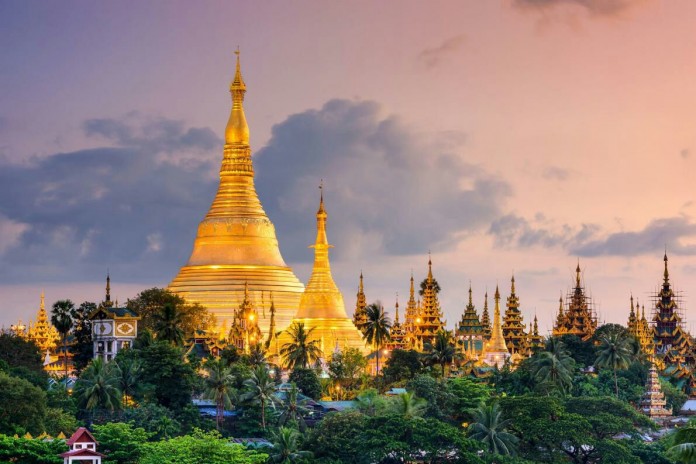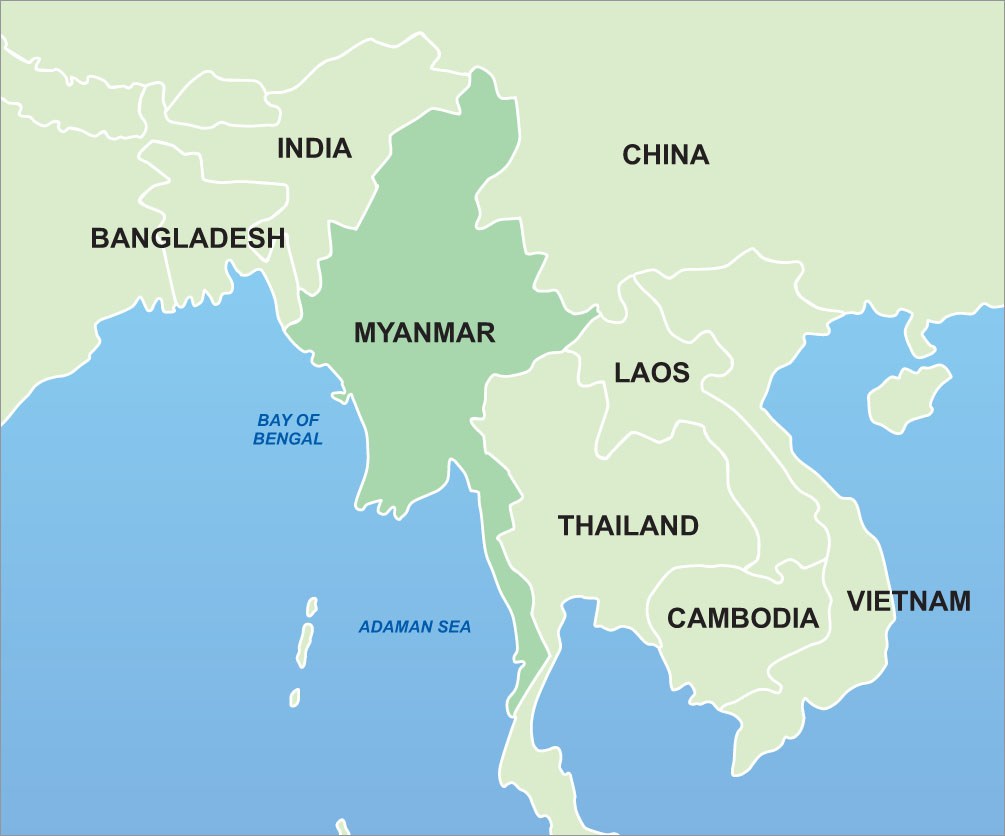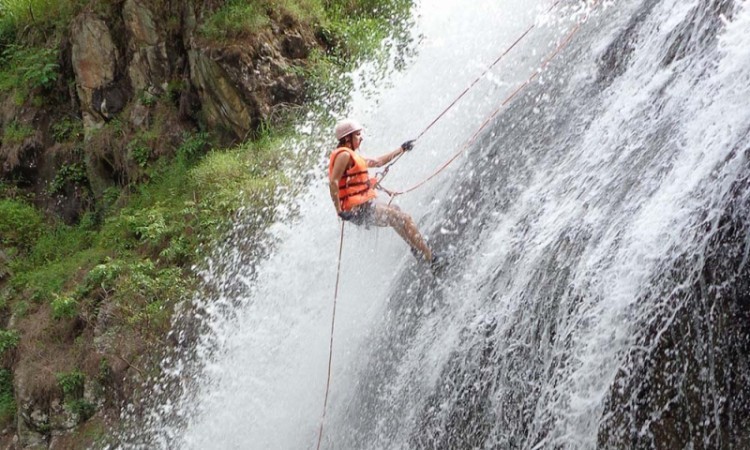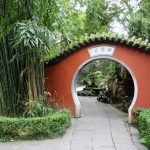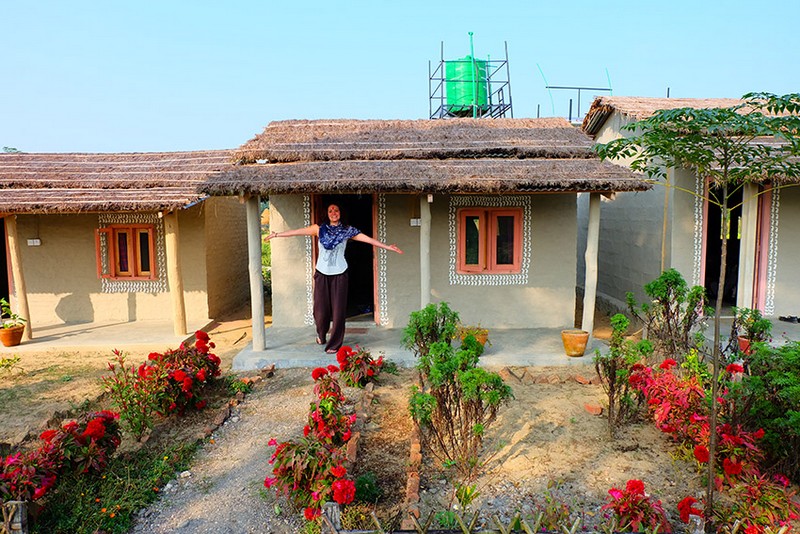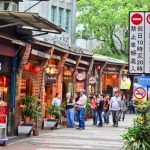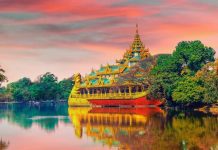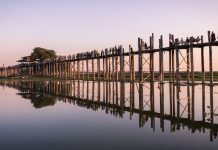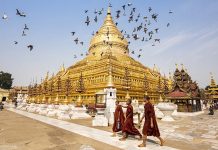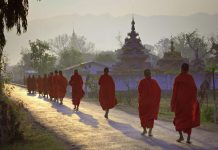The stream of travelers to Burma is fast becoming a flood. But there’s much we can do to ensure tourism helps, not hurts, this sacred place.
- Explore Mergui Islands Myanmar — How to get to Mergui Archipelago Myanmar & Suggested 2 days 1 night on it
- Myanmar travel blog — The fullest Myanmar travel guide & suggested Myanmar itinerary 7 days perfectly
- What to do in Yangon? — 10 best, must do in Yangon & top things to do in Yangon
- Inle Lake travel blog — The fullest Inle Lake travel guide & Suggested Inle Lake itinerary for 2 days
- Mandalay travel blog — The fullest Mandalay travel guide & How to spend 1 day in Mandalay pefectly
Myanmar, formerly Burma, is the most compelling nation in Asia.
Four years into a historic transition to a more democratic government after 50 years of political isolation, travelers continue to pour in to discover the treasures of this storied realm, made famous in the writings of Rudyard Kipling, George Orwell, and other erstwhile explorers.
Long an important trade hub in the East, Myanmar, after falling into the grip of a military dictatorship in 1948, has seen its poorer neighbors—Vietnam, Cambodia, Thailand—overtake it economically in the last half century. But the “land of the golden pagodas” is staging a comeback.
Elections held last November put Nobel Peace Prize-winning opposition leader (and longtime political prisoner) Aung San Suu Kyi on top, though negotiations with the former ruling—and still powerful—military elite continue, and many wonder whether Myanmar is a liberal democracy in name only. A new president, expected to answer to Suu Kyi, will be installed this spring.
Meanwhile, the stream of visitors to the country—the new cool kid on the tourism block, along with Cuba—is fast becoming a flood. International arrivals have quadrupled since 2012, when the United States began normalizing relations with Myanmar. The buzz may hold promise for the nation’s stunted economy, but the attendant influx of tourism infrastructure threatens to do damage to its natural beauty and cultural bounty.
Should that happen, the loss would not just be Myanmar’s, it would be the world’s.
On a trip to Southeast Asia last December I witnessed firsthand the tipping point the country is fast approaching. Travelers will play a huge role in helping to shape—with the dollars they spend and the choices they make—the future of this ancient and enduring place.
Here are four ways you can help ensure tourism helps, rather than hurts, Myanmar:
Eat locally
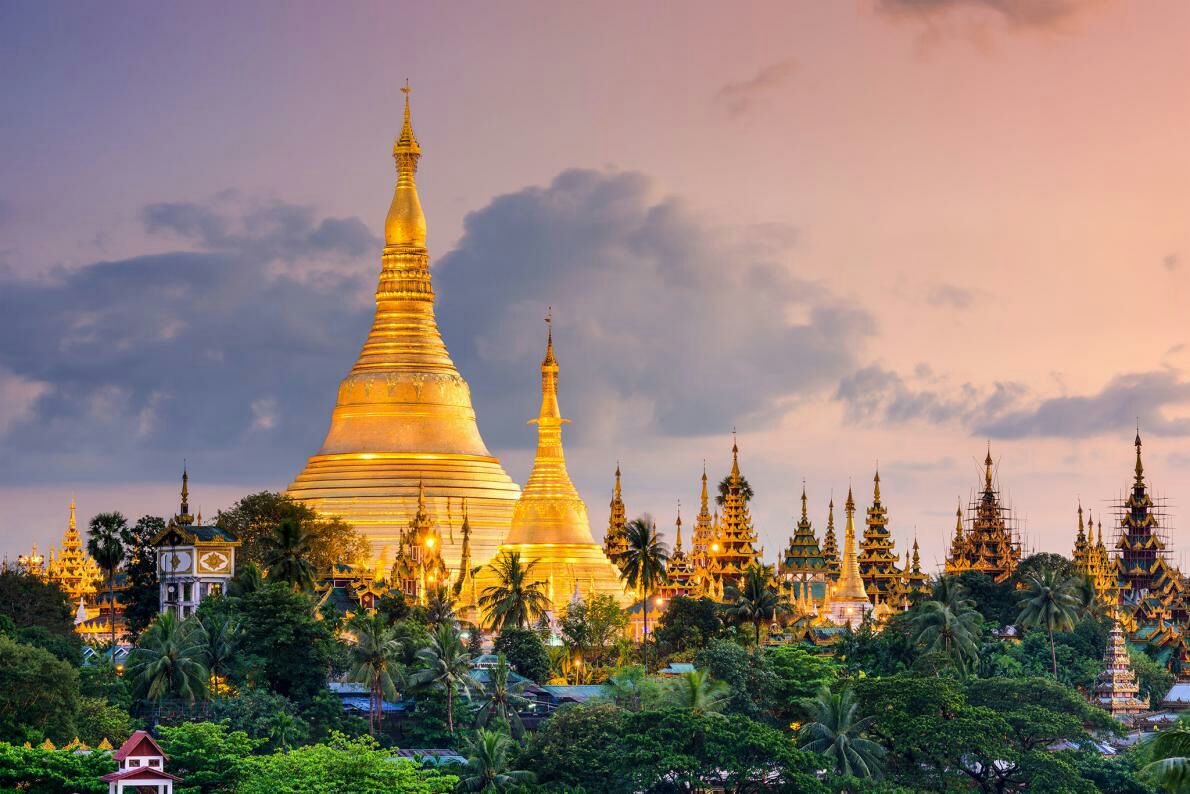
Myanmar’s largest city and former capital, Yangon (Rangoon), has become a boom town, with new construction everywhere, a rapidly digitizing citizenry, and traffic congestion resulting from 19th-century urban planning.

A cadre of young, hip Burmese, educated abroad, have returned to open restaurants and shops. Htet Myet Oo opened Rangoon Tea House, serving up modern takes on traditional cuisine, in a restored British colonial building. “It’s often hard to get good ingredients locally because the best Burmese produce is typically exported to places like Japan or the Gulf states,” he told me. “But we are trying to change that.”
Other spots opened by local entrepreneurs include the seafood-centric Port Autonomy and the Mex-Myanmar Fahrenheit.
Book into a historic home base
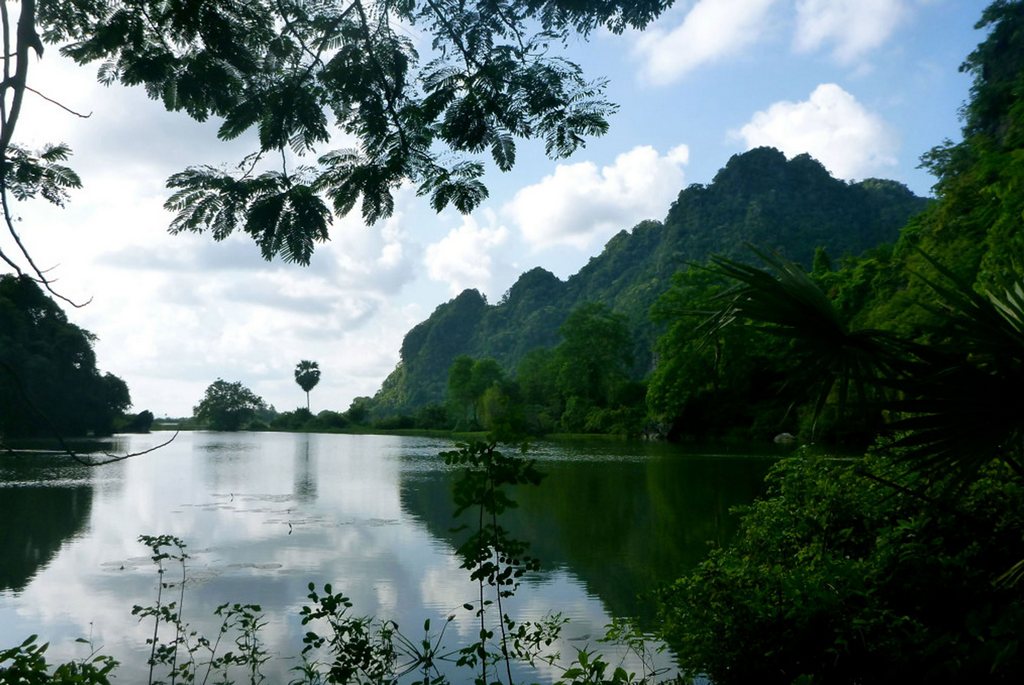
Don’t pick a soulless, big-box hotel; go small, historic, and sustainable.
Leafy Yangon has one of the largest collections of fin-de-siècle buildings in Southeast Asia, along with Armenian architecture dating to the 18th and 19th centuries and, of course, lovely Buddhist shrines, such as the deeply sacred Shwedagon pagoda.
“In the push to modernize and lift people out of poverty, we must not forget to preserve the history and cultural treasures of the past,” says Thant Myint-U, founder of the Yangon Heritage Trust, which has effectively put the brakes on the wanton razing of historic buildings.
Fortunately, many hotel brands are choosing to restore grand old structures. In Yangon, I stayed at the Belmond Governor’s Residence, a colonial-era mansion turned luxury boutique guesthouse. (Their breakfasts are legendary, with heaps of exotic fruits for smoothies and a mohinga soup bar.) Or try The Strand, a turn-of-the-century hotel in the heart of town once called “the finest hostelry East of Suez” and newly updated to modern standards.
And in the countryside, travelers should consider small inns and lodges that respect Myanmar’s environment, celebrate its culture, and benefit the local economy, such as the new Hpa-An Lodge in Karen state, the Thahara Inle Heritage on Inle Lake, and Thahara Pindaya, in the centrally located state of Shan.
Opt for responsible operators
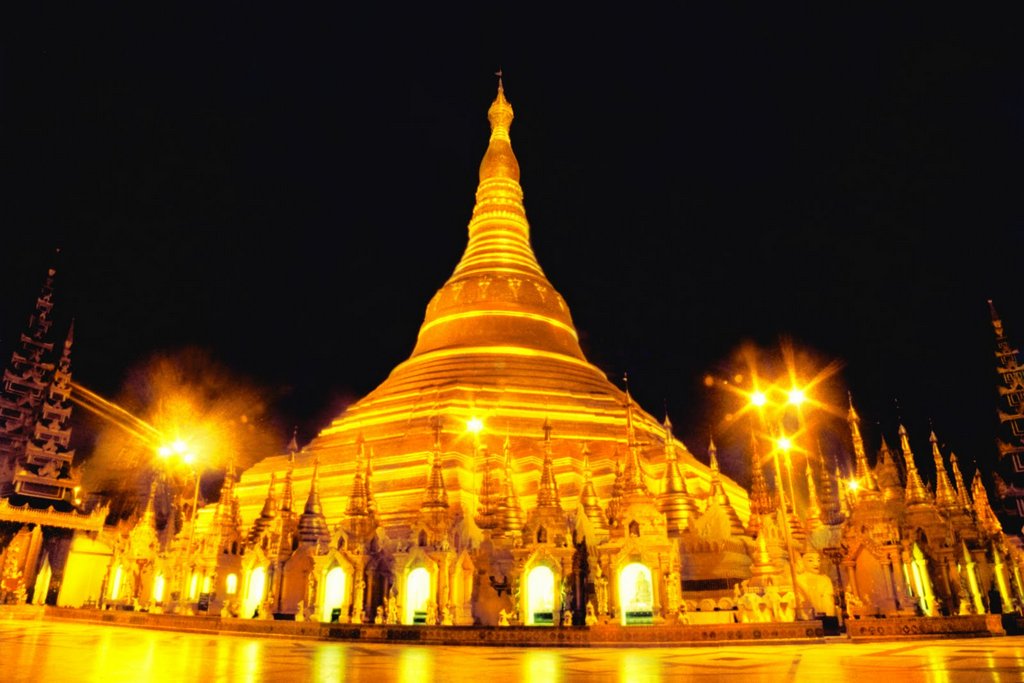
Myanmar’s richest and most phantasmagorical cultural treasures lie outside its commercial heart. Beyond Yangon, modernity recedes and the country’s history comes to life. This is an Asia that no longer exists elsewhere, and perhaps the one silver lining to 50 years of paranoid junta-imposed isolation following the coup d’état in 1962.
The defining travel experience, then as now, is on the Irrawaddy River, the spine of Myanmar that starts in the Himalayas and courses down to the Andaman Sea. From the deck of a boat designed to resemble the famous flat-bottomed Irrawaddy Flotilla Company steamers of yore, passengers can watch longhi-clad farmers tending rice paddies, fishermen casting nets from colorful canoes, and stilted teak houses and gilded stupas lining the shore.
Stops along the lower Irrawaddy include royal Mandalay, Myanmar’s second largest city, and sacred Bagan. Fewer travelers venture north of Mandalay to Bhamo and beyond, though Avalon Waterways’ recently added river-cruise itinerary through the rural region is beginning to bring responsible tourism to communities in desperate need of financial stability.
For example, the company helped a logging camp near one of its stops in Katha transition part of its operations to tourism. “We are working with locals to provide 24-hour veterinary care to elephants that have been in these work camps for decades,” says Avalon’s managing director, Patrick Clark, “while also providing an alternative income option [for them] as elephants retire.”
Shop responsibly
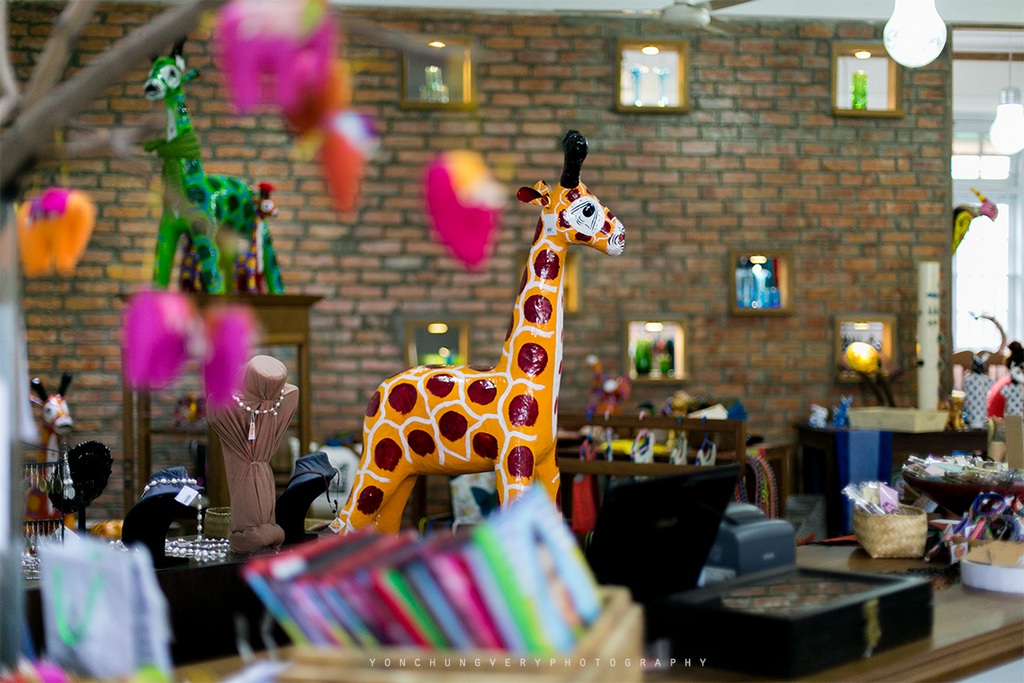
While the Burmese are roundly noted for their gentle and gracious demeanor, parts of the country experiencing an influx of tourists are fast developing a culture of pushy entrepreneurship—approaching tourists with trinkets and guide services.
Not only does this detract from the visitor experience, it undermines legitimate local businesses and encourages children to shirk school. Better to buy from fair trade stores such as Pomelo, in Yangon, that support artisans from some of the country’s 135 ethnic groups, pay decent wages, and raise funds to better communities.
U Htay Aung, Myanmar’s minister for hotels and tourism, understands the role travelers can play. “We developed and published a booklet, ‘Dos and Don’ts for Tourists’ so they can better understand Myanmar culture and customs,” he says. Among its tips: Ask before taking photos; don’t touch a monk’s robe; contribute to communities, not to individuals; don’t give money or sweets to children. (Good tips that can be applied beyond Myanmar.)
No doubt, this is a country on the move. According to Derek Mitchell, the outgoing U.S. Ambassador (and a college pal of mine), Myanmar is at a unique moment in its history and faced with a chance to learn the lessons and avoid the mistakes made elsewhere in Asia.
“Given Burma’s remarkable culture, history, and beauty, it will attract tourists,” Mitchell says. “Over the long run, however, it must act thoughtfully in partnership with NGOs, businesses, and average citizens to develop the tourism industry in [a way that] ensures the ultimate success of the Golden Land of Asia.”
Most destinations are fragile, but Myanmar, experiencing a surge of tourism while building its infrastructure, is especially vulnerable.
Travelers, please tread lightly. We’re all going to want to come back.
































